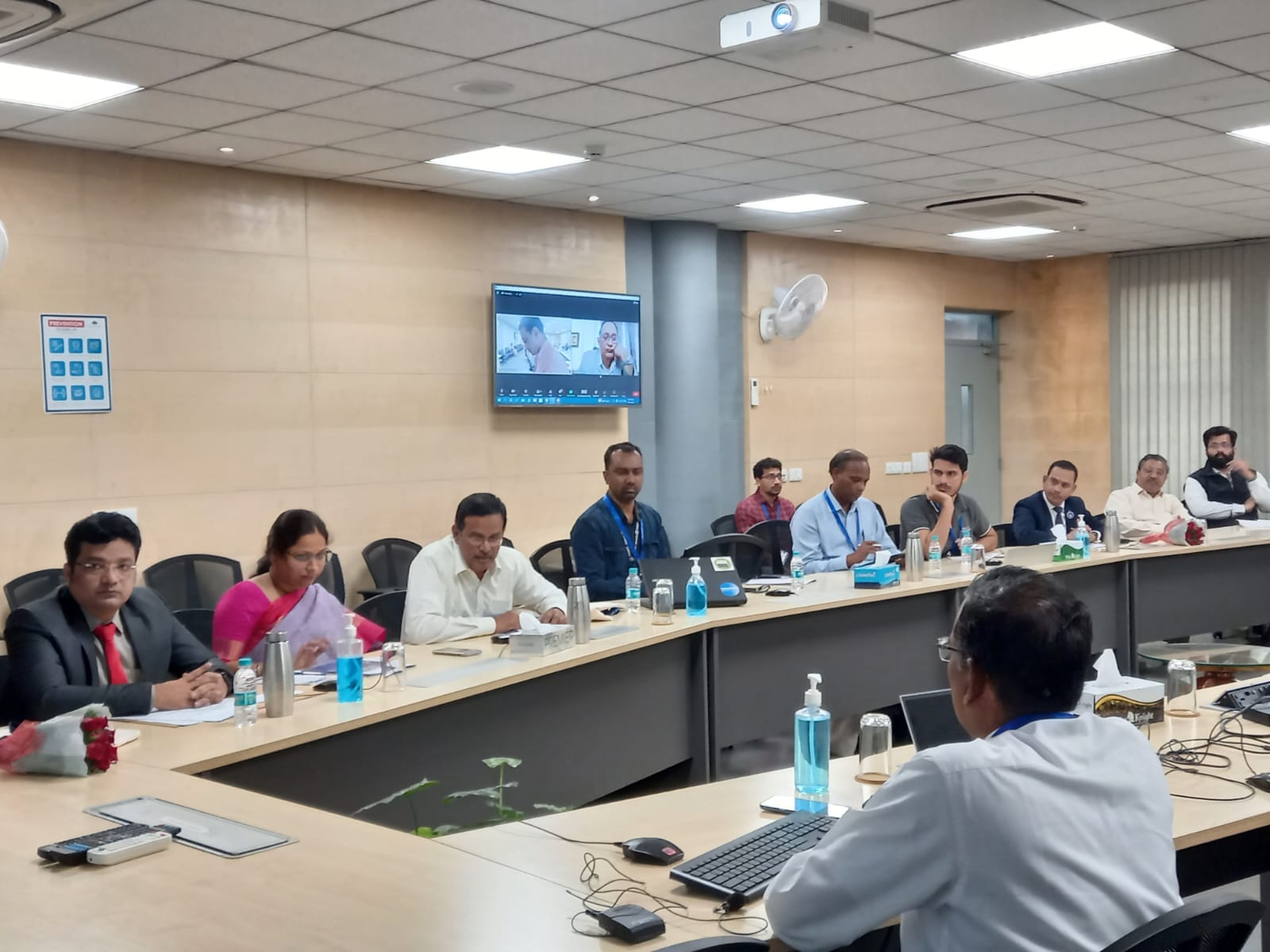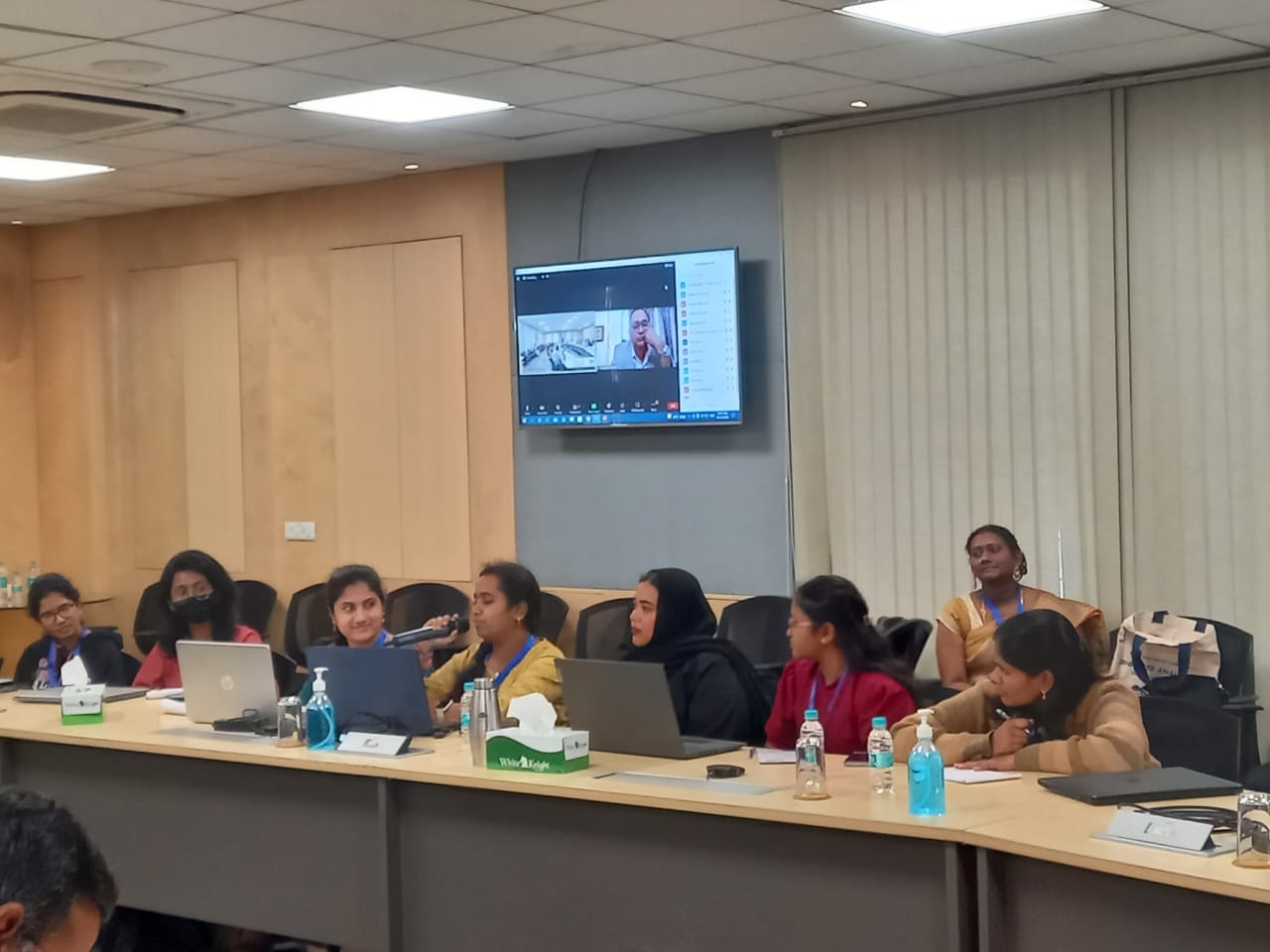
 ..View more
..View more
Topic:
Given recent developments in IT and various stakeholders like police, prosecutors, defence lawyers, judiciary and forensic laboratories,
-
from legal stakeholders (lawyer, prosecutor, judge, forensic expert) point of view, what is the life cycle of the legal task? How IT could help to improve your day-to-day tasks?
-
from IT point of view, given the nature of legal domain, how IT could help to improve the performance of stakeholders (lawyer, prosecutor, judge, forensic expert) justice delivery?
Background: Click here to know more about legal technology
What exactly are we referring to when we talk about legal tech?
Stanford Law School has been a pioneer in the classification of the distinct categories of legal tech tools that exist in the market today. The school compiles an annual list of companies dedicated to legal technology and divides them into nine categories according to their functions:
-
Analytics: data analysis, offering optimized search results
-
Compliance: detecting risks and implementing automated control and management systems
-
Document automation: generating documents and automatically managing their full lifecycle
-
Legal education: providing legal education in innovative ways through the use of technology
-
Legal research: identifying and collecting the information necessary to make a legal decision
-
Platforms: allowing users to offer and obtain legal services online
-
Online dispute resolution: resolving claims online
-
Management: Legal operations
-
E-discovery: searching for, locating and securing digital evidence to be used in court proceedings